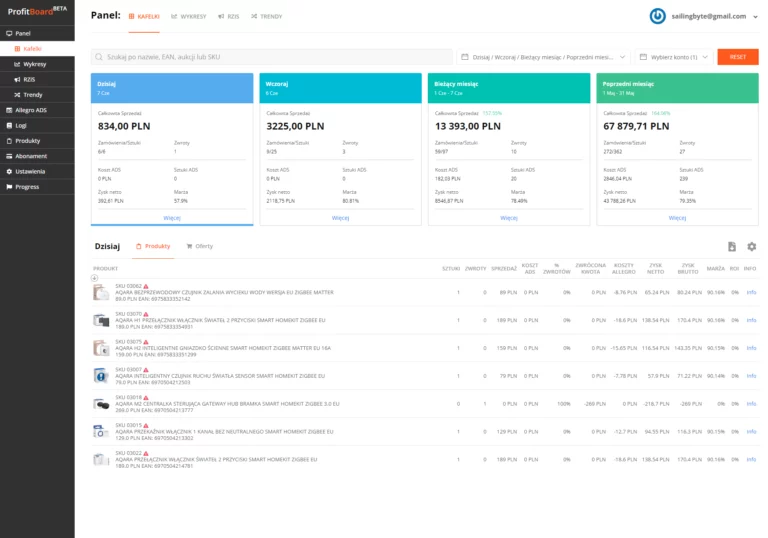DevSecOps, an extension of DevOps, introduces security as a shared responsibility throughout the entire lifecycle of application development. It integrates security practices within the continuous integration and continuous delivery (CI/CD) pipelines, making it an integral part of software development from the very beginning. Traditionally, security was added late in the development process, often creating bottlenecks and vulnerabilities that were costly to fix. With DevSecOps, security is embedded in the development cycle, enabling teams to build, test, and deploy applications securely and quickly.
This approach combines the agility of DevOps with the robustness of security protocols, aiming to improve collaboration between development, operations, and security teams. By fostering this integration, organizations can maintain high-speed deployments without compromising on safety.
Key Principles of DevSecOps
One of the core principles of DevSecOps is automation. Automation tools are used to scan code for vulnerabilities, perform security tests, and monitor applications in real-time. This ensures that security checks happen continuously without slowing down the development process. Automated processes help detect vulnerabilities early and ensure quick remediation before they become critical issues in production.
Another key aspect is collaboration. DevSecOps emphasizes breaking down silos between developers, operations, and security professionals. By making security a part of the developer’s responsibility, organizations can ensure that security is addressed from the very beginning, reducing the chances of vulnerabilities slipping through. This fosters a culture where security is seen as everyone’s job, rather than a separate team’s responsibility.
Integration of Security in CI/CD Pipelines
In traditional development cycles, security was often treated as a final stage in the deployment process, where audits and penetration tests occurred after the code was already built. This method often led to delays and increased costs when security flaws were found late in the process. DevSecOps shifts this paradigm by embedding security at every phase of the CI/CD pipeline, from the initial design phase through to deployment and monitoring.
Security tools such as static application security testing (SAST) and dynamic application security testing (DAST) are integrated into the CI/CD pipelines, automating the process of scanning for vulnerabilities in both code and running applications. This continuous security assessment helps teams identify and address security issues early, allowing for faster and safer software releases.
Benefits of DevSecOps
The DevSecOps approach provides several significant benefits. Firstly, it improves the speed of delivery. By automating security checks and integrating them into the development process, teams can release software more quickly without sacrificing security. Traditional security approaches often introduced delays, while DevSecOps allows for seamless and faster deployments.
Secondly, DevSecOps improves the overall security posture of an organization. Continuous security testing and monitoring reduce the likelihood of security breaches and ensure that any vulnerabilities are addressed immediately. Additionally, it enables organizations to be more agile in responding to new threats as they emerge, thanks to the automated and continuous nature of security processes.
Overcoming Challenges in DevSecOps
Despite the clear benefits, adopting DevSecOps can present some challenges. One common issue is resistance to cultural change. Shifting to a mindset where security is a shared responsibility requires buy-in from all teams involved. Developers may initially resist having to take on additional security responsibilities, while security teams may worry that rapid development will compromise their standards. Overcoming these challenges requires a strong leadership commitment to fostering collaboration and emphasizing the importance of security in the development cycle.
Another challenge lies in the integration of security tools. Organizations may face difficulties in implementing the right security tools that fit into their existing DevOps workflows. Selecting appropriate automation tools that can perform security checks without causing significant delays is crucial for the success of a DevSecOps implementation.
Conclusion
DevSecOps is a transformative approach that aligns security with the fast-paced nature of modern software development. By integrating security into the development process from the very beginning, organizations can deliver secure software faster and more efficiently. Automation, collaboration, and a shared responsibility for security are at the heart of DevSecOps, creating a proactive approach to securing applications. While the shift to DevSecOps may involve overcoming cultural and technical challenges, the long-term benefits in terms of speed, security, and agility make it an essential practice for organizations aiming to stay ahead in today’s competitive and threat-prone digital landscape.




